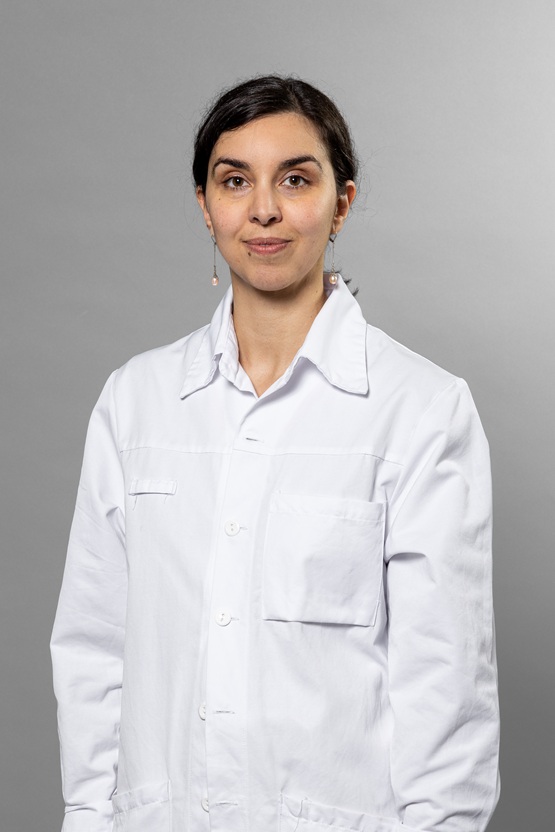Author: John A. Wagner, MD, PhD on October 21, 2025 
With school, college, and university Fall semesters underway, we reflect on the 2025 Clinical and Translational Science (CTS) journal award. Every year, the CTS Editorial Team has the opportunity to present a CTS award, typically at the annual meeting of the American Society for Clinical Pharamcology & Therapeutics (ASCPT), our sponsoring Society. In 2025, we recognized the most outstanding CTS paper written by a trainee or student. The choice was a difficult one, as we had many terrific trainee- and student-authored papers to choose from. However, after careful review and discussion, it was clear to the Editorial Team that the article “St. John's wort extract with a high hyperforin content does not induce P-glycoprotein activity at the human blood–brain barrier” was the best trainee-written paper published by CTS in the preceding year.
We wish warm congratulations to Myriam El Biali for a job well-done. On behalf of the entire CTS Editorial Team, it is my honor to congratulate Myriam on winning the 2025 CTS Award. The Editorial Team strives to accept high quality original research in the field of translational science, and selection of Myriam's article also celebrates important core translational concepts, answering important scientific and medical questions using biomarkers and clinical pharmacology principles.
P-glycoprotein (P-gp) is a key efflux transporter at the human blood-brain barrier (BBB), restricting brain penetration of various therapeutic agents while also facilitating the brain clearance of endogenous toxins, such as beta-amyloid peptides. St. John’s wort, a widely used herbal remedy for depression, activates the pregnane X receptor (PXR), leading to the induction of metabolic enzymes and transporters—including P-gp—in the liver and intestine. This can reduce systemic drug exposure and compromise the efficacy of co-administered medications. Rodent studies have demonstrated that PXR activation can also up-regulate P-gp at the BBB, but whether this occurs in humans remains uncertain. This question has important clinical implications. P-gp induction at the BBB could reduce the central efficacy of P-gp substrate drugs but might also enhance beta-amyloid clearance in Alzheimer’s disease. El Biali et al., at the Medical University of Vienna in Austria, investigated this question using positron emission tomography (PET) imaging with [¹¹C]metoclopramide, a P-gp substrate, in 10 healthy volunteers. PET scans were performed before and after 12–19 days of oral St. John’s wort extract administration. Peripheral P-gp and enzyme induction were evaluated using a phenotyping cocktail. While peripheral induction was confirmed, no change in P-gp activity at the BBB was observed. These findings suggest that St. John’s wort does not induce P-gp at the human BBB. Thus, co-administration with centrally acting P-gp substrate drugs appears safe from a BBB perspective—though peripheral drug interactions remain an important consideration.
ASCPT has a long tradition of supporting and celebrating students, trainees, and early career members, including the Presidential Trainee Award, the Leon I. Goldberg Early Investigator Award, the Darrell Abernethy Early Stage Investigator Award, as well as the Early Career Community. Similarly, CTS has a long-standing history of championing trainees and early career investigators. Recently, the Journal partnered with the PhRMA Foundation on a Challenge Award competition for trainees with outstanding contributions addressing artificial intelligence (AI) and machine learning (ML) in clinical and translational science. The CTS Editorial Team encourages the publication of student and trainee papers, so it was fitting for the 2025 CTS award to focus on a trainee-authored article. Please consider CTS for your next submission, whether you are a student, trainee, early career or regular ASCPT member.

The comment feature is locked by administrator.